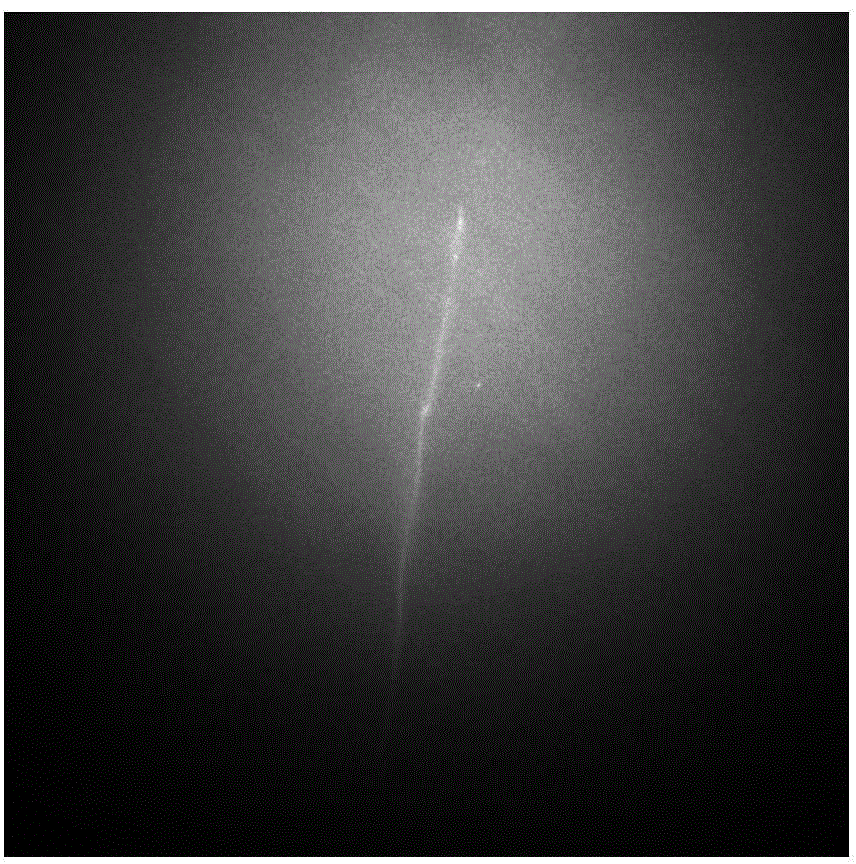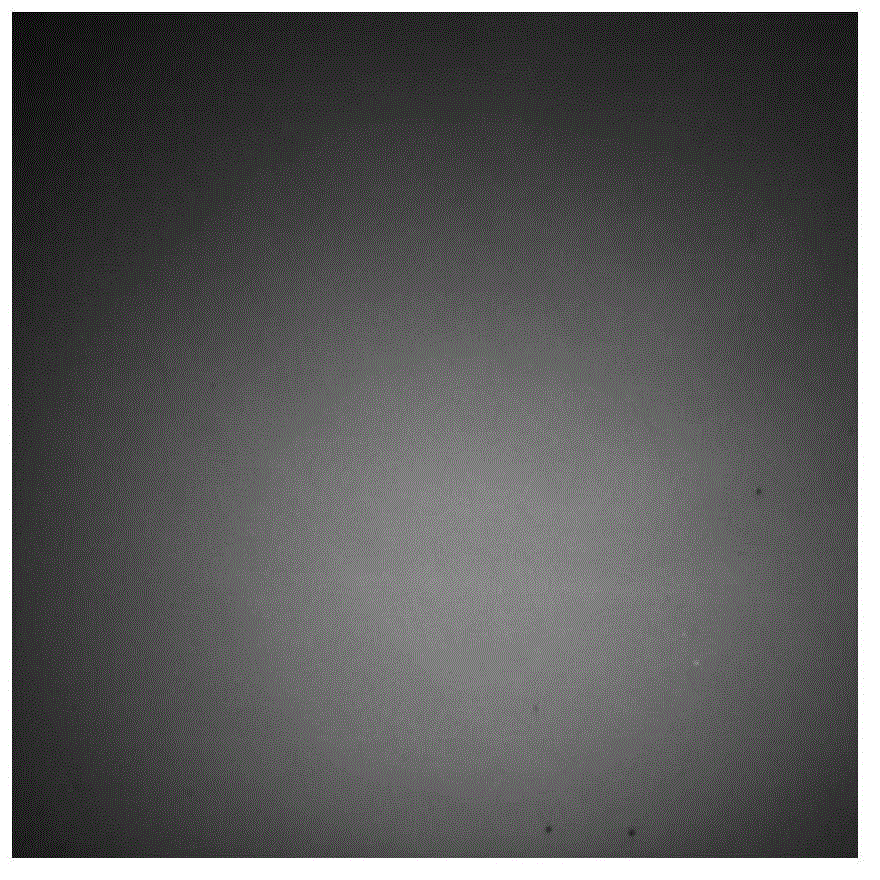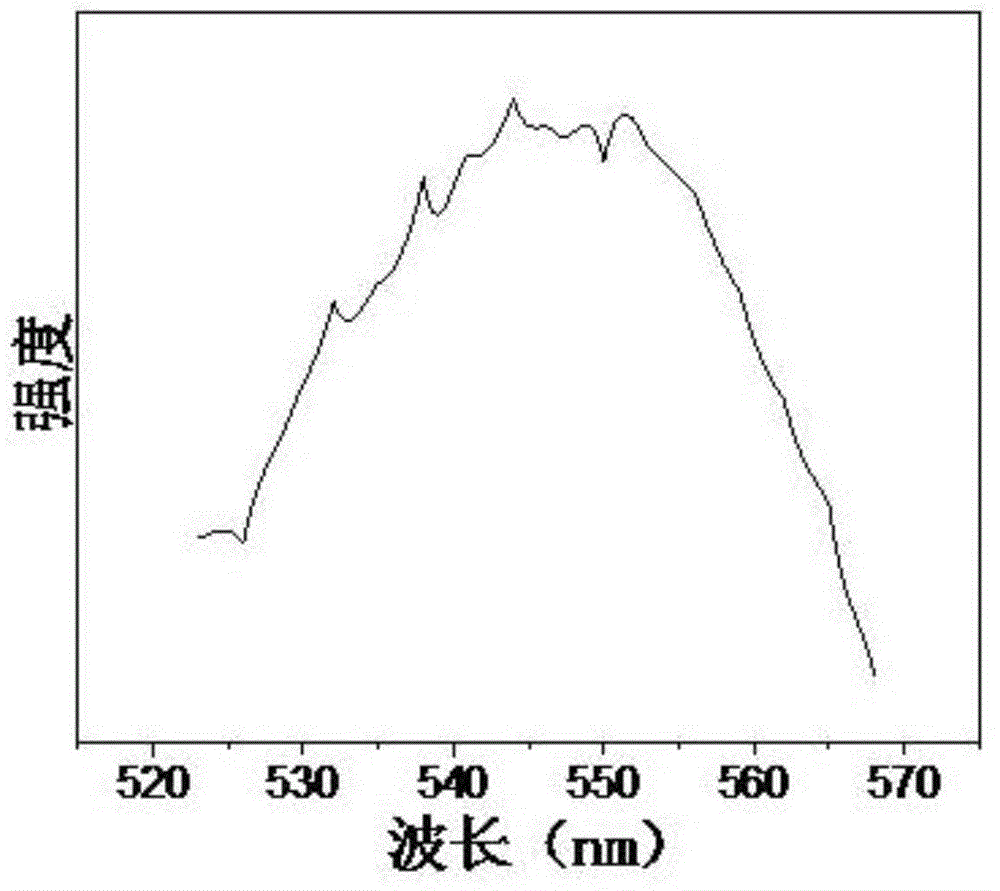Method for detecting subsurface defects of optical glass
A subsurface defect, optical glass technology, applied in the direction of optical testing flaws/defects, etc., can solve the problems of complex operation, high cost, special requirements for sample morphology, etc., and achieve simple experimental steps, low cost, and fast detection speed. Effect
- Summary
- Abstract
- Description
- Claims
- Application Information
AI Technical Summary
Problems solved by technology
Method used
Image
Examples
Embodiment 1
[0036] The implementation steps of the inventive method are as follows:
[0037] 1) Evenly mix glycerol and deionized water with a volume ratio of 1:4 to form a mixed solution.
[0038] 2) Add rhodamine 6G to the mixture of glycerol and water to obtain a buffer solution. The concentration of rhodamine 6G in the buffer is 1 × 10 -3 moL.
[0039] 3) Take 100ml of the prepared buffer solution, add 10g of granular abrasives to obtain an abrasive, set the rotation speed of the grinding disc at 50r / min, and use this abrasive to grind N3135 neodymium-doped phosphate laser glass for 30s;
[0040] 4) Take 100ml of the prepared buffer solution, add 1g of polishing powder to obtain a polishing solution, set the rotation speed of the grinding disc at 220r / min, and use the polishing solution to polish N3135 neodymium-doped phosphate glass for 10 minutes.
[0041] 5) Clean the polished N3135 neodymium-doped phosphate glass with ultrasonic alcohol for 5 minutes, and wipe the sample dry wi...
PUM
 Login to View More
Login to View More Abstract
Description
Claims
Application Information
 Login to View More
Login to View More - R&D
- Intellectual Property
- Life Sciences
- Materials
- Tech Scout
- Unparalleled Data Quality
- Higher Quality Content
- 60% Fewer Hallucinations
Browse by: Latest US Patents, China's latest patents, Technical Efficacy Thesaurus, Application Domain, Technology Topic, Popular Technical Reports.
© 2025 PatSnap. All rights reserved.Legal|Privacy policy|Modern Slavery Act Transparency Statement|Sitemap|About US| Contact US: help@patsnap.com



